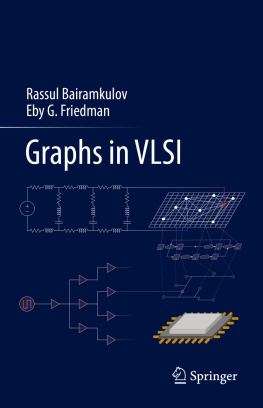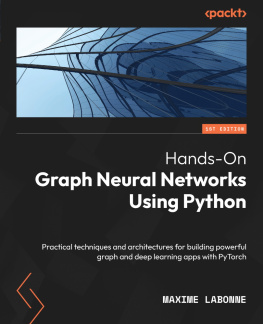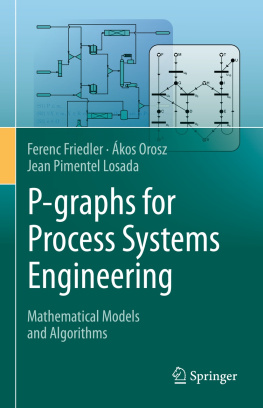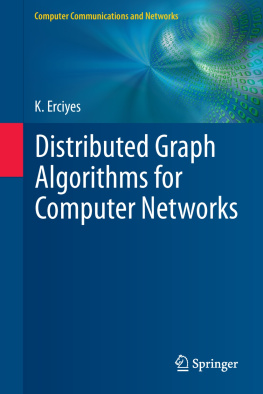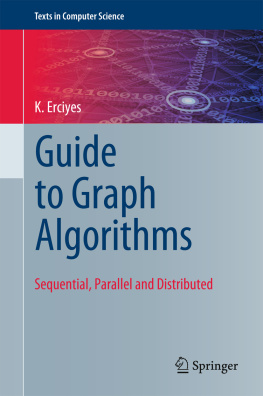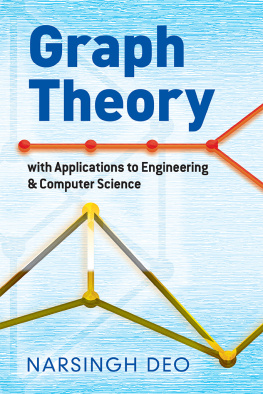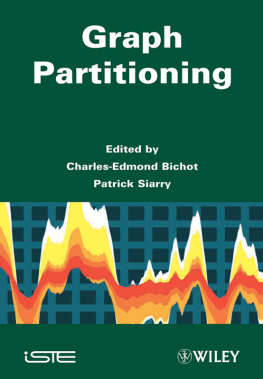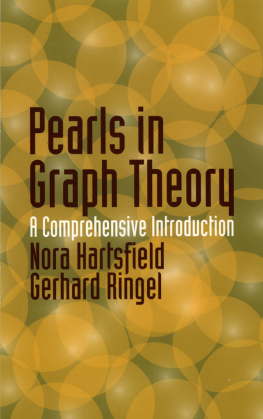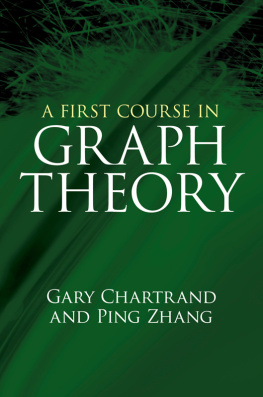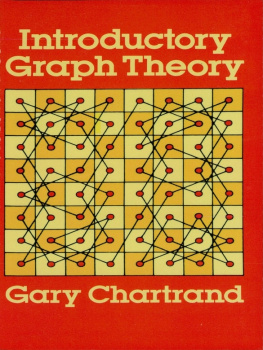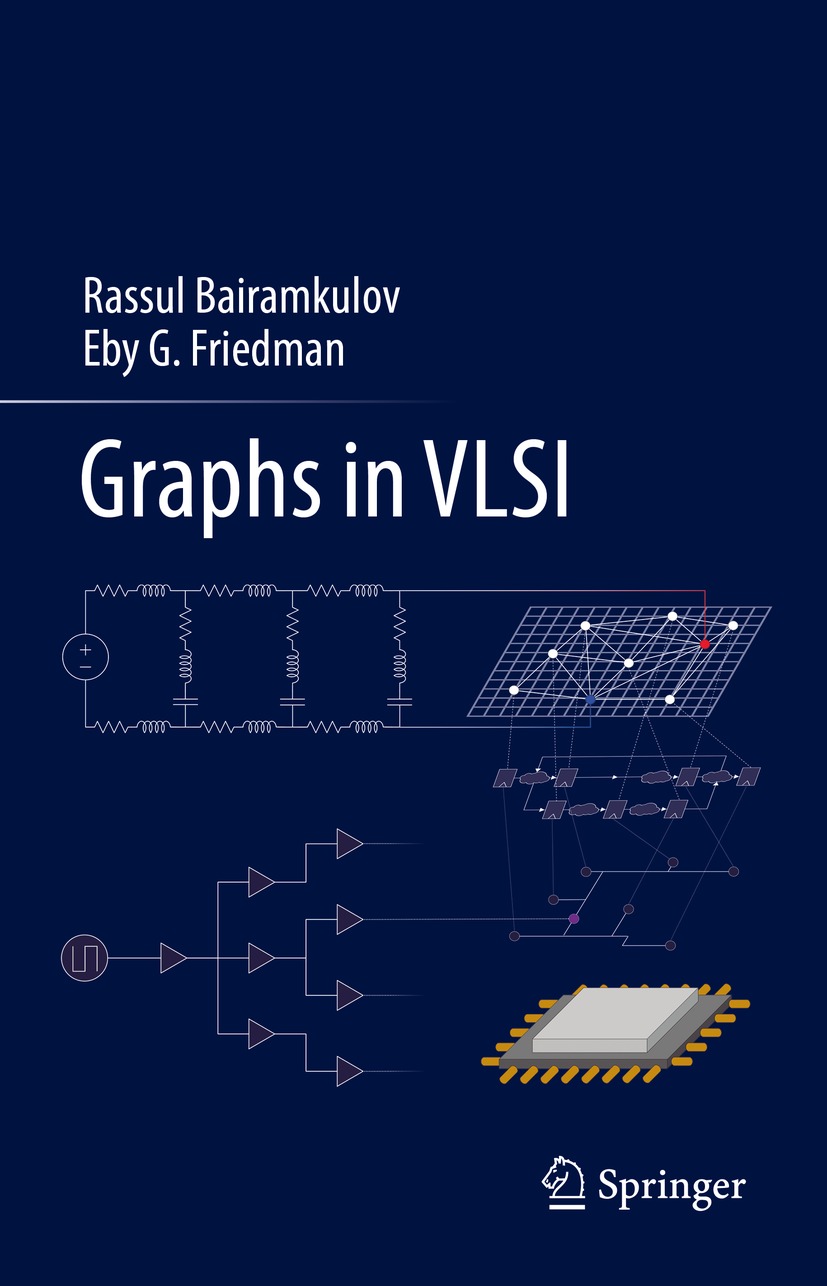Rassul Bairamkulov
University of Rochester, Rochester, NY, USA
Eby G. Friedman
University of Rochester, Rochester, NY, USA
ISBN 978-3-031-11046-7 e-ISBN 978-3-031-11047-4
https://doi.org/10.1007/978-3-031-11047-4
The Editor(s) (if applicable) and The Author(s), under exclusive license to Springer Nature Switzerland AG 2023
This work is subject to copyright. All rights are solely and exclusively licensed by the Publisher, whether the whole or part of the material is concerned, specifically the rights of translation, reprinting, reuse of illustrations, recitation, broadcasting, reproduction on microfilms or in any other physical way, and transmission or information storage and retrieval, electronic adaptation, computer software, or by similar or dissimilar methodology now known or hereafter developed.
The use of general descriptive names, registered names, trademarks, service marks, etc. in this publication does not imply, even in the absence of a specific statement, that such names are exempt from the relevant protective laws and regulations and therefore free for general use.
The publisher, the authors, and the editors are safe to assume that the advice and information in this book are believed to be true and accurate at the date of publication. Neither the publisher nor the authors or the editors give a warranty, expressed or implied, with respect to the material contained herein or for any errors or omissions that may have been made. The publisher remains neutral with regard to jurisdictional claims in published maps and institutional affiliations.
This Springer imprint is published by the registered company Springer Nature Switzerland AG
The registered company address is: Gewerbestrasse 11, 6330 Cham, Switzerland
Preface
Advances in semiconductor fabrication technology have produced explosive growth in the number of transistors within an integrated circuit (IC). Modern devices consist of dozens of components, thousands of modules, millions of registers, and many billions of transistors. Despite the capacity to fabricate exorbitant quantities of nanoscale devices, converting these transistors into functional products is a complex multifaceted challenge. Synchronization, power integrity, logic synthesis, and physical layout represent only a small portion of the many issues encountered during the very large scale integration (VLSI) design and analysis process. These issues are only expected to grow in complexity as microelectronic systems evolve due to three-dimensional integration, shrinking transistor dimensions, and emerging, beyond CMOS technologies.
Since every integrated system is fundamentally a network, solutions to many of the challenges inherent to VLSI can be resolved using graph theory. Many forms of graphs naturally occur at each level of the VLSI system design hierarchy. At the architectural level, register allocation is often viewed from a graph coloring perspective. Synchronization of the sequential logic is achieved by optimizing timing graphs. The electrical characteristics of a VLSI system are determined from the analysis of circuit graphs. Graph-based partitioning, floorplanning, placement, and routing are integral parts of the multi-tiered VLSI physical layout process.
The quality and complexity of ICs have been greatly enhanced by graph theoretic techniques and algorithms. In return, novel practical VLSI applications have revitalized certain subfields of graph theory. Classic graph theoretic problems, such as Steiner minimal trees, pathfinding, and graph partitioning, have been extensively studied and applied, in no small part, due to the practical effectiveness of graph theory to the design and analysis of VLSI systems. A virtuous cycle of theory and application has greatly advanced both graph theory and ever more powerful VLSI systems.
This book is based on the body of research produced by Rassul Bairamkulov during his doctoral studies from 2017 to 2022 at the University of Rochester under the supervision of Professor Eby G. Friedman. Two observations inspired this book:
Despite the significance of graph theory to the design of VLSI circuits and systems, a comprehensive review of applications of graph theory in VLSI is currently missing from the literature. Books discussing the overall VLSI design process typically only provide a basic description of graph theory, while books focusing on graph theory contain few applications relating to the VLSI design process. Books discussing specialized topics in VLSI also exist, yet these books only cover a small subset of graph theoretic applications.
Despite the apparent omnipresence of graphs in the VLSI system design process, the authors believe that the full potential of graph theory has yet to be fully realized in modern VLSI design tools. Many areas of the VLSI design process, such as system exploration and the integration of emerging technologies, will require novel design methodologies and algorithms, many of which rely on graph theory.
These observations are reflected in the organization of this book. The first half of the book is focused on existing applications of graph theory and algorithms to the design of integrated systems. After a brief description of the fundamental concepts of graph theory, common applications of graph theory at different levels of abstraction within the VLSI system design process are discussed. Individual chapters are dedicated to synchronization and circuit analysis, two particularly important issues in the VLSI design process which are deeply affected by graph theory.
The second half of the book is focused on three novel unorthodox applications of graph theory. The first application is the Infinity Mirror Technique (IMT) a constant time mesh analysis algorithm accelerating the IR drop analysis process in practical on-chip power networks by several orders of magnitude. An IMT-based computationally efficient algorithm for on-chip voltage regulator distribution is also described. The second application is related to the exploration of system-level power delivery. The SPROUT Smart Power ROUTing algorithm is presented to efficiently produce a prototype of a board-level power network, enabling efficient analysis with high-level architectural tradeoffs, such as the number of layers within the board or the position of discrete components. The second half of the book is completed with QuCTS single flux Quantum Clock Tree Synthesis algorithm, which describes a graph-based algorithm to satisfy the stringent requirements for clock distribution networks in superconductive electronics.
Due to the focus on the VLSI design process, this book is expected to become a useful addition to the library of engineers, researchers, and students working in the areas of VLSI system design and computer science. For professionals working in the design of VLSI systems (typically electrical and computer engineers and computer scientists), this book provides a deeper insight into the theory behind many established design techniques based on graph theory, such as clock skew scheduling, system partitioning, circuit analysis and optimization, and interconnect routing. For mathematicians and computer scientists, the book elucidates the link between graph theory and the design and analysis of VLSI circuits and systems.

